Home>Garden Essentials>How Long Does It Take For Celery To Germinate


Garden Essentials
How Long Does It Take For Celery To Germinate
Modified: March 16, 2024
Learn how long it takes for celery seeds to germinate in your garden. Get tips and tricks for successful germination and growing celery.
(Many of the links in this article redirect to a specific reviewed product. Your purchase of these products through affiliate links helps to generate commission for Storables.com, at no extra cost. Learn more)
Introduction
Welcome to the world of gardening! Whether you’re a seasoned gardener or just starting out, understanding the germination process of plants is essential. In this article, we will explore the germination time of celery seeds and discover the factors that can affect this process. So, let’s dive in and learn how long it takes for celery to germinate!
Celery, scientifically known as Apium graveolens, is a cool-season vegetable that is widely grown for its crunchy stalks and leafy tops. Growing celery from seeds is a rewarding experience that allows you to enjoy its fresh flavors right from your own garden. However, before you can enjoy your homegrown celery, you need to understand the germination process and the factors that influence it.
Germination is the process in which a seed sprouts and starts to grow into a new plant. It is influenced by various factors such as temperature, moisture, light, and seed quality. By understanding these factors, you can create ideal conditions for celery seed germination and ensure a successful start to your garden.
In the following sections, we will delve deeper into the factors that affect the germination time of celery seeds and discuss the ideal conditions needed for successful germination. Additionally, we will explore methods to speed up the germination process and highlight some common mistakes to avoid. By the end of this article, you will have all the knowledge you need to successfully germinate celery seeds and enjoy a bountiful harvest.
Key Takeaways:
- Celery seeds take around 14 to 21 days to sprout, but factors like temperature and seed quality can affect this. Patience and proper care are key to successful germination.
- To speed up celery seed germination, try pre-soaking the seeds, providing bottom heat, and ensuring optimal moisture and light. Avoid common mistakes like inadequate moisture and planting too deep.
Read more: How Long Does It Take Spinach To Germinate
Factors Affecting Germination Time of Celery Seeds
Several factors can influence the germination time of celery seeds. Understanding these factors will help you optimize the conditions for successful seed germination. Let’s take a closer look at each of these factors:
- Temperature: Temperature plays a crucial role in the germination process. Celery seeds prefer cooler temperatures for optimal germination, typically between 60 to 70°F (15 to 21°C). Extreme temperatures, both high and low, can delay or inhibit germination. It’s important to provide a consistent and moderate temperature to promote faster and more uniform germination.
- Moisture: Adequate moisture is essential for seed germination. Celery seeds require consistent moisture to break their dormant state and initiate growth. However, it’s important to strike a balance, as excessive moisture can lead to rot or fungal diseases. Keep the soil evenly moist but not overly saturated. Regularly check the moisture levels and adjust watering accordingly.
- Light: Unlike some seeds that require light for germination, celery seeds do not have specific light requirements for germination. In fact, they tend to germinate better in the dark. Therefore, it’s not necessary to expose the seeds to direct light during germination. However, once the seedlings emerge, providing them with adequate light is crucial for their healthy growth.
- Seed Quality: The quality of the celery seeds you use can also impact germination time. Fresh and high-quality seeds will have a higher germination rate and sprout faster compared to older or lower quality seeds. It’s recommended to purchase seeds from reputable sources and check the expiration date to ensure you are working with viable seeds.
- Seed Depth: Planting celery seeds at the correct depth is important for successful germination. The general rule of thumb is to sow the seeds at a depth of around 1/8 to 1/4 inch (3 to 6 mm). Planting them too shallow or too deep can affect germination rates and delay the emergence of seedlings. Follow the seed packet instructions for optimal planting depth.
By being mindful of these factors and providing the right conditions, you can optimize the germination time of celery seeds and increase your chances of a successful harvest. In the next section, we will explore the ideal conditions needed for celery seed germination.
Ideal Conditions for Celery Germination
To ensure successful celery germination, it is important to create the ideal conditions for the seeds to sprout and grow into healthy seedlings. Here are the key factors to consider when providing optimal conditions for celery germination:
- Soil: Celery seeds prefer well-draining soil that is rich in organic matter. Prepare the soil by loosening it and removing any debris or weeds. Amend the soil with compost or well-rotted manure to improve its fertility and moisture-retaining capabilities.
- Temperature: As mentioned earlier, celery seeds germinate best in cool temperatures, around 60 to 70°F (15 to 21°C). You can maintain a consistent temperature by starting your celery seeds indoors or in a greenhouse where you have more control over the environment. Use a heat mat or place the seed trays in a warm location to maintain the desired temperature.
- Moisture: Moisture is key to triggering germination. Keep the soil evenly moist during the germination period. Avoid overwatering, as excessive moisture can lead to rot or fungal diseases. Consider using a spray bottle or misting system to provide gentle and even moisture to the seeds.
- Light: While celery seeds do not require light for germination, they do require bright light once the seedlings emerge. Place the seed trays or pots in a location that receives at least 6 to 8 hours of indirect sunlight per day. If growing indoors, you can use grow lights to provide adequate light for the seedlings.
- Humidity: Celery seeds prefer a higher humidity level for successful germination. Consider covering the seed trays or pots with a clear plastic dome or using a plastic wrap to create a mini greenhouse effect. This helps to maintain higher humidity levels around the seeds, promoting quicker germination.
By providing the ideal conditions of well-draining soil, moderate temperatures, adequate moisture, sufficient light, and optimal humidity, you will create a favorable environment for celery seed germination. However, it is important to note that celery seeds can take some time to germinate. Let’s explore the typical germination time for celery seeds in the next section.
Germination Time for Celery Seeds
The germination time for celery seeds can vary depending on several factors, including temperature, moisture, and seed quality. On average, celery seeds take around 14 to 21 days to germinate. However, it’s important to note that germination may take longer under suboptimal conditions or during colder weather.
During the germination process, the celery seeds will absorb moisture from the soil, causing them to swell and eventually crack open. The seedlings will then emerge from the cracked seed coat and start developing their, first set of true leaves. It’s important to be patient during this process, as germination time can vary and may take longer than expected.
If you find that your celery seeds are taking longer to germinate, there are a few things you can check and adjust:
- Temperature: Ensure that the seeds are being kept in the optimal temperature range of 60 to 70°F (15 to 21°C). Lower temperatures can slow down germination, so keeping the seeds warm can help speed up the process.
- Moisture: Check that the soil is consistently moist, but not waterlogged. Adjust your watering routine if necessary to maintain proper moisture levels. Be careful not to let the soil dry out completely or become too saturated, as both can hinder germination.
- Seed Quality: Verify the quality of the seeds you are using. Low-quality or old seeds may have lower germination rates or take longer to sprout. Using fresh, high-quality seeds can significantly improve germination success and reduce germination time.
- Light: While celery seeds do not require light for germination, providing adequate light once the seedlings emerge can promote their healthy growth. Ensure that the seedlings are receiving sufficient indirect sunlight or artificial grow lights.
By ensuring the optimal conditions, being patient, and making any necessary adjustments, you can encourage faster and more successful germination of your celery seeds.
But what if you’re looking to speed up the germination process even further? In the next section, we will discuss some methods to accelerate celery germination.
Celery seeds typically germinate within 10-21 days when planted in moist soil at a temperature of 70-75°F. Keep the soil consistently moist to help speed up the germination process.
Methods to Speed Up Celery Germination
If you’re looking to expedite the germination of celery seeds, there are a few methods you can employ to speed up the process. These techniques can help create optimal conditions and encourage faster germination. Let’s explore some effective methods:
- Pre-soaking Seeds: One method to speed up germination is to pre-soak the celery seeds before planting. Soaking the seeds in lukewarm water for a few hours or overnight can help soften the seed coat and promote quicker germination. Remember to drain the water and plant the soaked seeds immediately after soaking.
- Scarification: Another technique is to lightly scarify the seed coat before planting. Gently rub the seeds with sandpaper or nick them with a small knife. This process allows water to penetrate the seed coat more easily, promoting faster water absorption and germination.
- Bottom Heat: Providing bottom heat can accelerate celery germination. You can place the seed trays or pots on a heating mat or in a warm location to create a slightly warmer environment for the seeds. The warmth will stimulate faster growth and germination.
- Moisture Retention: Ensuring adequate moisture retention is crucial for faster germination. Consider covering the seed trays or pots with plastic wrap or a clear plastic dome to create a mini greenhouse effect. This helps to maintain higher humidity levels and prevent moisture loss, promoting faster seed germination.
- Optimal Light: Providing the right amount of light is essential for fast germination. Make sure that your celery seeds receive adequate indirect sunlight or use grow lights to provide proper lighting conditions for the emerging seedlings.
It’s important to note that while these methods can help speed up germination, it’s essential to monitor the seeds and seedlings carefully. Avoid excess moisture, as it can lead to fungal diseases, and ensure proper air circulation to prevent issues like damping off. Additionally, be mindful of the temperature requirements and maintain the ideal temperature range mentioned earlier.
Implementing these methods can help accelerate the germination of your celery seeds and get your garden off to a great start. However, it’s crucial to keep in mind that each seed is unique, and there may still be some natural variation in germination times.
Now that we’ve covered methods to speed up germination, let’s discuss some common mistakes to avoid when germinating celery seeds in the next section.
Read more: How Long Does Rosemary Take To Germinate
Common Mistakes in Celery Germination
Germinating celery seeds can be a rewarding experience, but it’s important to be aware of common mistakes that can hinder successful germination. By avoiding these mistakes, you can increase your chances of a successful germination process. Let’s explore some common mistakes to avoid when germinating celery seeds:
- Inadequate Moisture: One of the most common mistakes is not providing enough moisture for the celery seeds to germinate. Ensure that the soil is consistently moist, but avoid overwatering, as excessive moisture can lead to rot or fungal diseases. Check the soil regularly and adjust watering accordingly.
- Planting Too Deep: Planting celery seeds too deep can delay germination or prevent it altogether. Follow the recommended planting depth of about 1/8 to 1/4 inch (3 to 6 mm). Planting the seeds too shallow can also lead to drying out or poor germination.
- Improper Temperature: Celery seeds prefer cooler temperatures for germination. Avoid exposing the seeds to high temperatures, as it can inhibit germination. Ensure that the seeds are kept in the recommended temperature range of 60 to 70°F (15 to 21°C).
- Using Old or Low-Quality Seeds: Using old or low-quality celery seeds can lead to poor germination rates and longer germination times. Always use fresh and high-quality seeds from reputable sources to increase the chances of successful germination.
- Insufficient Light: While celery seeds do not require light for germination, once the seedlings emerge, they need adequate light to grow properly. Lack of light can lead to weak and leggy seedlings. Ensure that the emerging seedlings receive at least 6 to 8 hours of indirect sunlight or provide them with supplemental grow lights.
- Overcrowding: Planting celery seeds too close to each other can lead to overcrowding, which can hinder proper growth and good air circulation. It’s important to follow spacing guidelines and thin out the seedlings as they grow to allow enough space for each plant to thrive.
By avoiding these common mistakes, you can greatly improve your chances of successful celery seed germination. Take care to provide the optimal growing conditions, monitor the seeds and seedlings regularly, and make any necessary adjustments as needed. With proper care, you’ll soon have a vibrant celery garden ready for harvest.
Now, armed with a better understanding of the germination process and potential pitfalls to avoid, you’re well-prepared to embark on your celery growing journey. Happy gardening!
Conclusion
Germinating celery seeds is an exciting and fulfilling experience for gardeners of all levels. Understanding the factors that affect germination time and creating optimal conditions can significantly increase your chances of successful seed sprouting. By considering factors such as temperature, moisture, light, and seed quality, you can ensure a smoother and faster germination process.
Remember to provide well-draining soil, maintain the recommended temperature range of 60 to 70°F (15 to 21°C), and keep the soil consistently moist but not waterlogged. While celery seeds do not require light for germination, adequate light is crucial once the seedlings emerge. Additionally, using fresh, high-quality seeds and planting them at the correct depth are essential for optimal germination.
Though the average germination time for celery seeds is around 14 to 21 days, it’s important to be patient and monitor the seeds closely. If you’re looking to speed up the germination process, pre-soaking the seeds, scarification, providing bottom heat, and maintaining optimal moisture levels can help accelerate germination.
Avoid common mistakes such as inadequate moisture, planting too deep, improper temperature, using old or low-quality seeds, insufficient light, and overcrowding. By avoiding these pitfalls, you can maximize your chances of successful celery seed germination and ensure healthier plants.
Now that you’re equipped with knowledge about celery germination, it’s time to put it into practice. Start your gardening journey with confidence, and soon you’ll be rewarded with fresh and delicious celery from your own garden. Enjoy the process and the fruits of your labor!
Frequently Asked Questions about How Long Does It Take For Celery To Germinate
Was this page helpful?
At Storables.com, we guarantee accurate and reliable information. Our content, validated by Expert Board Contributors, is crafted following stringent Editorial Policies. We're committed to providing you with well-researched, expert-backed insights for all your informational needs.

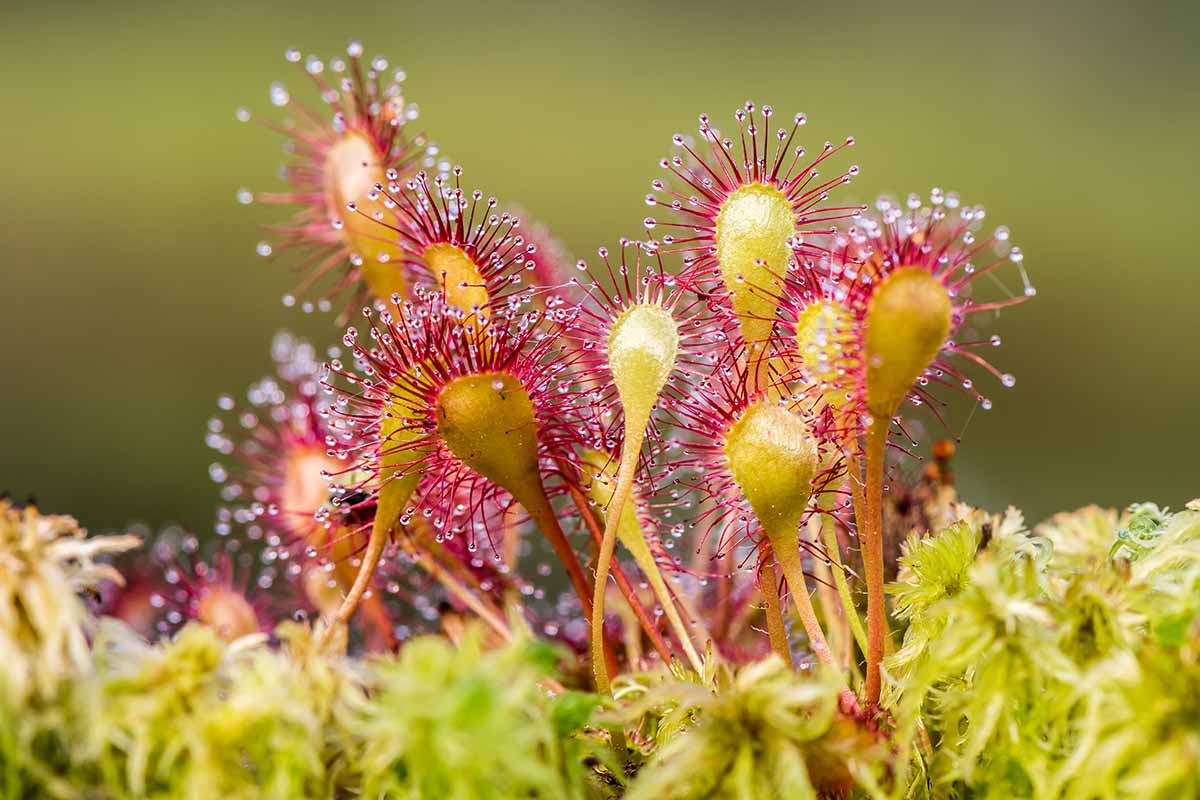
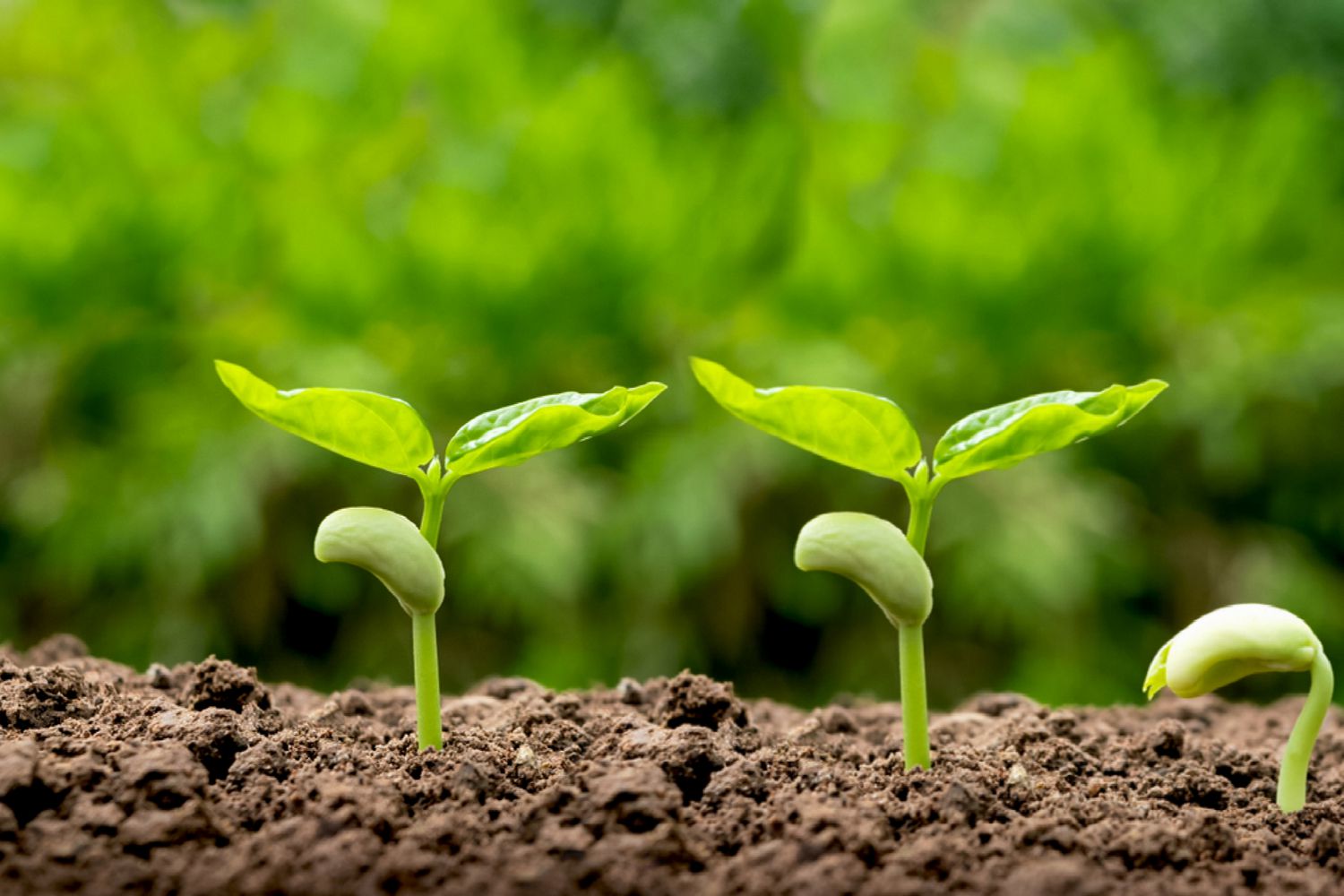

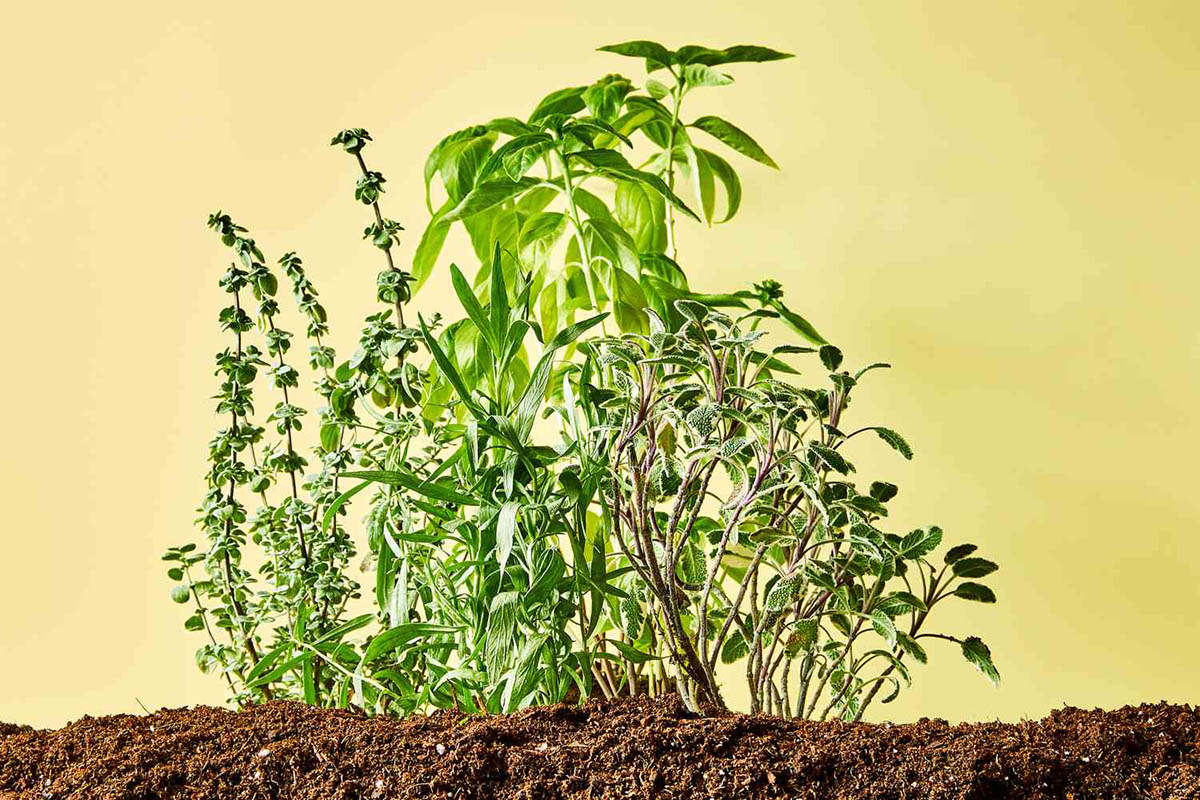
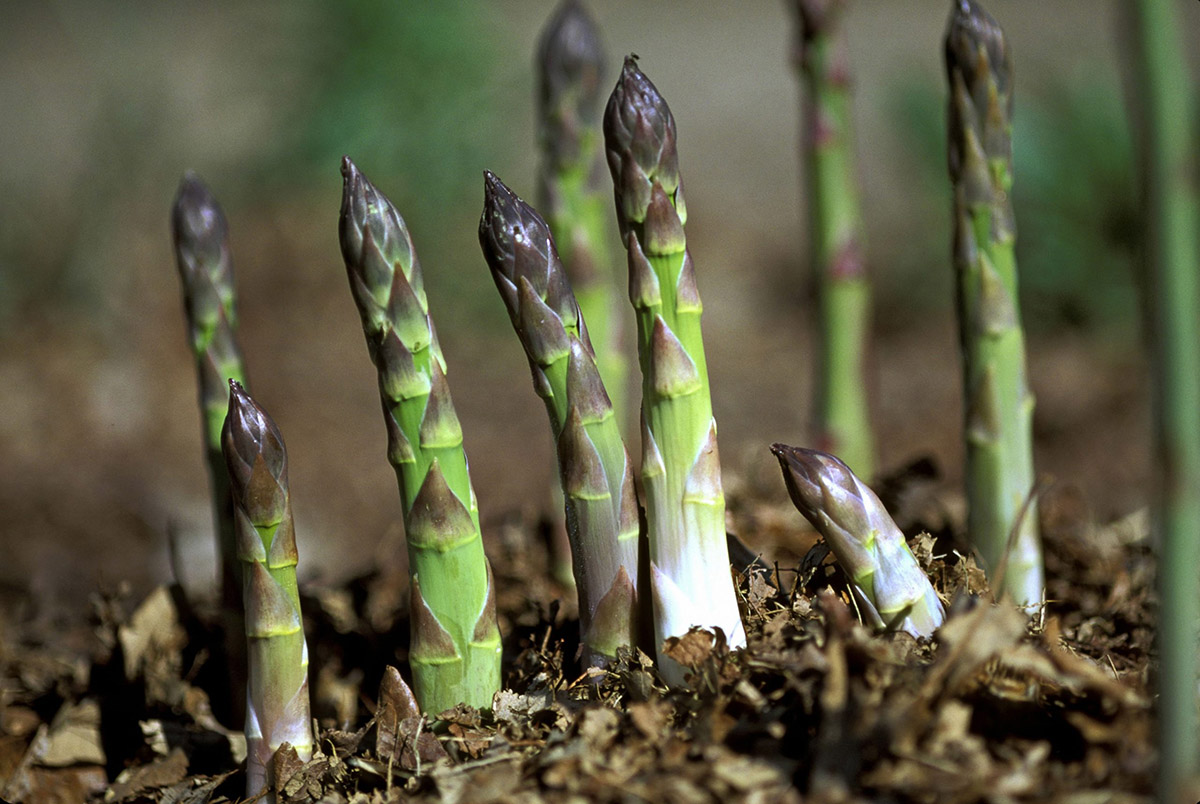
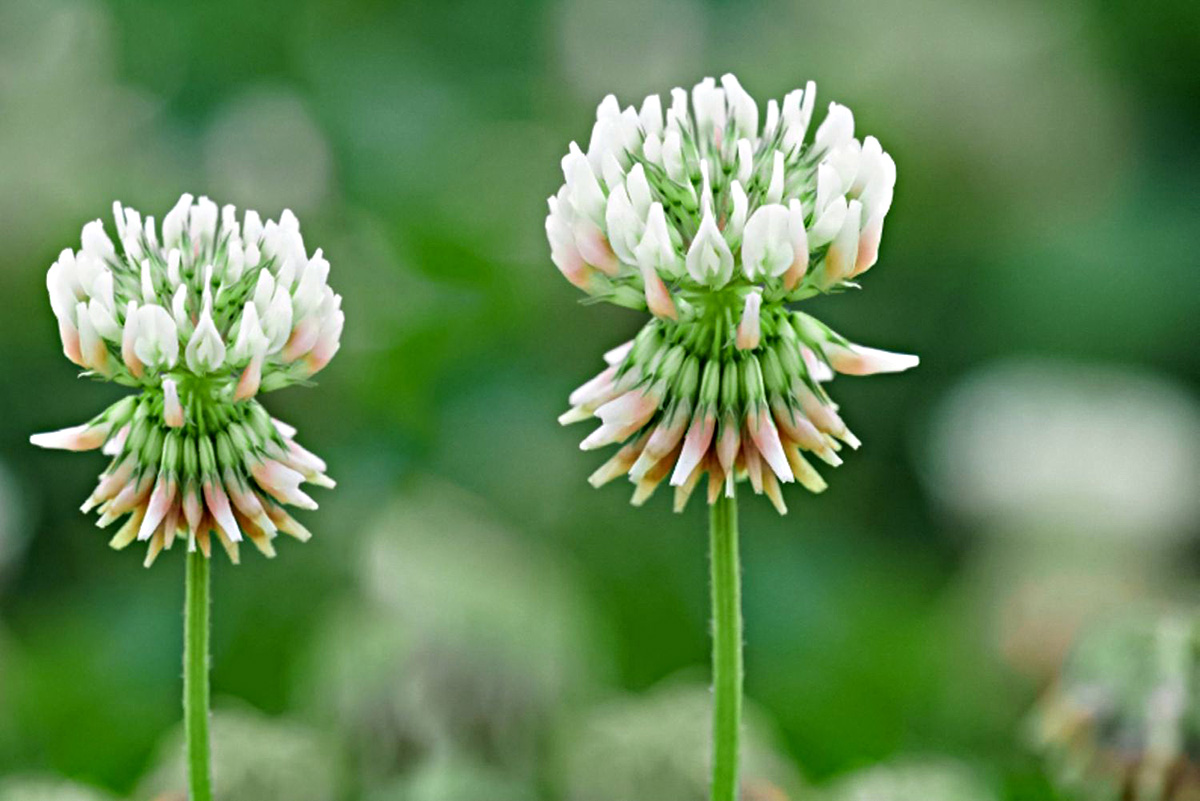
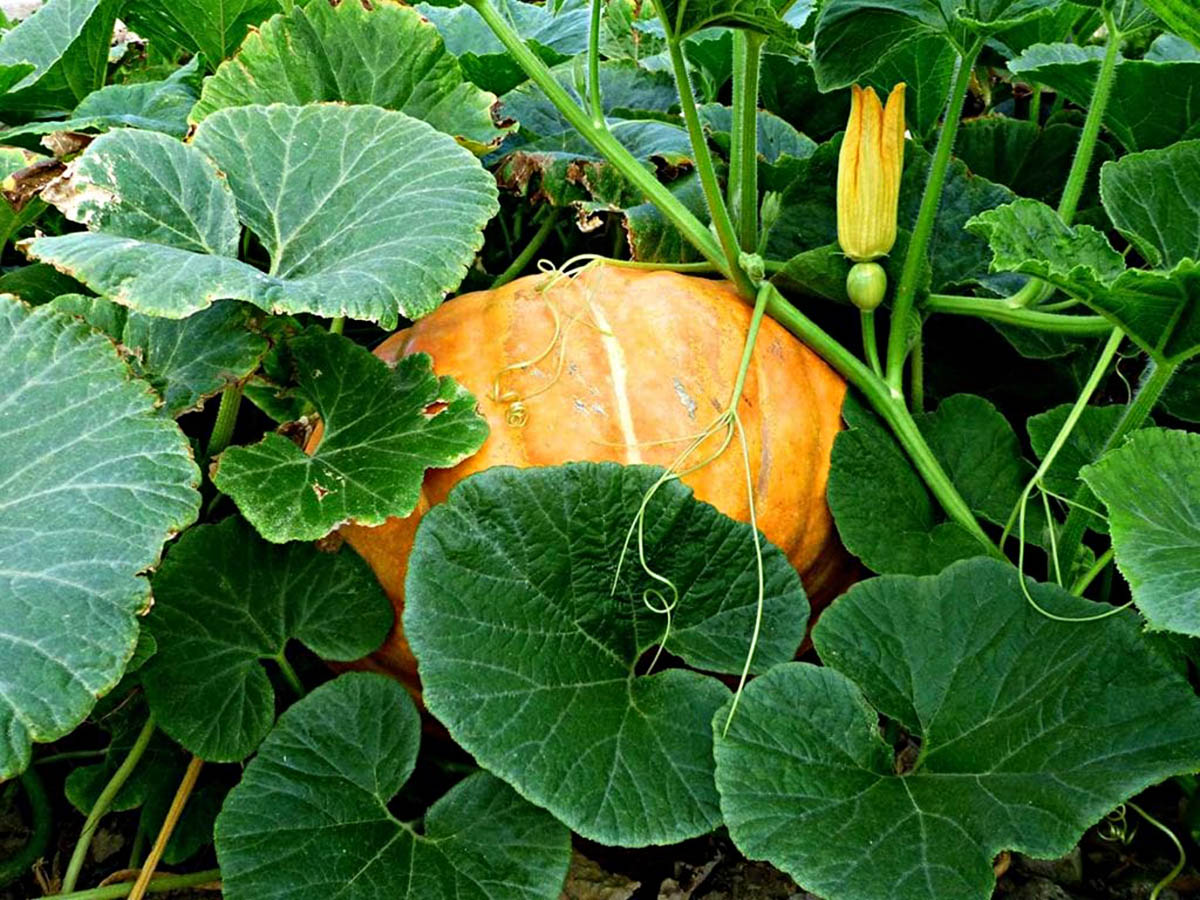
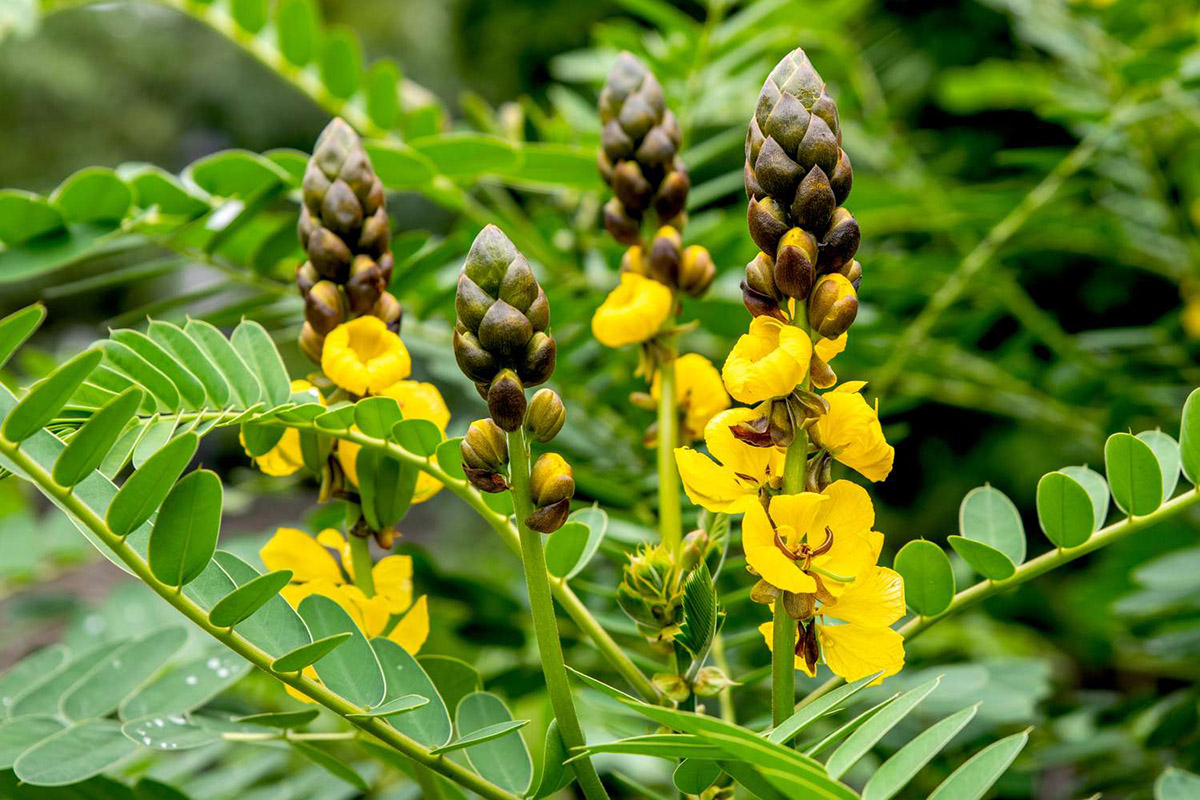






0 thoughts on “How Long Does It Take For Celery To Germinate”